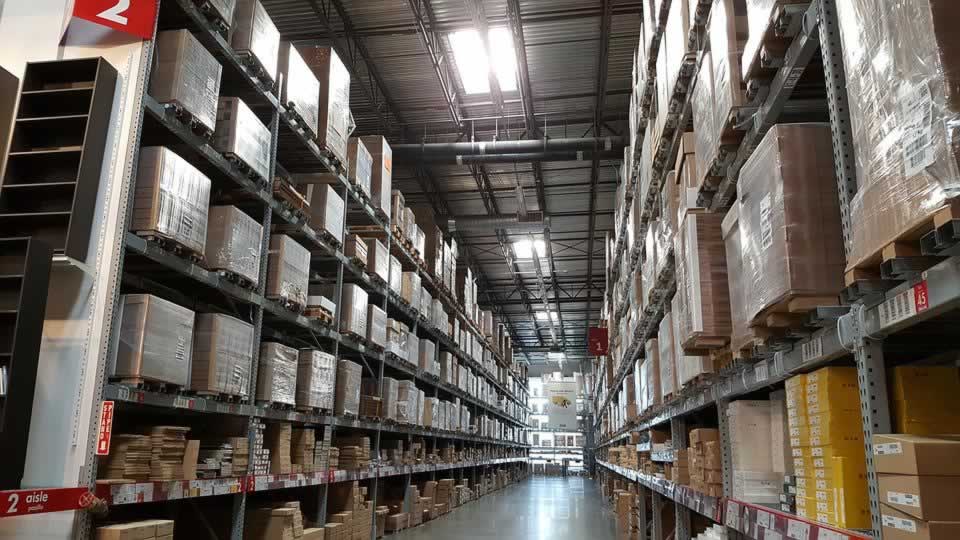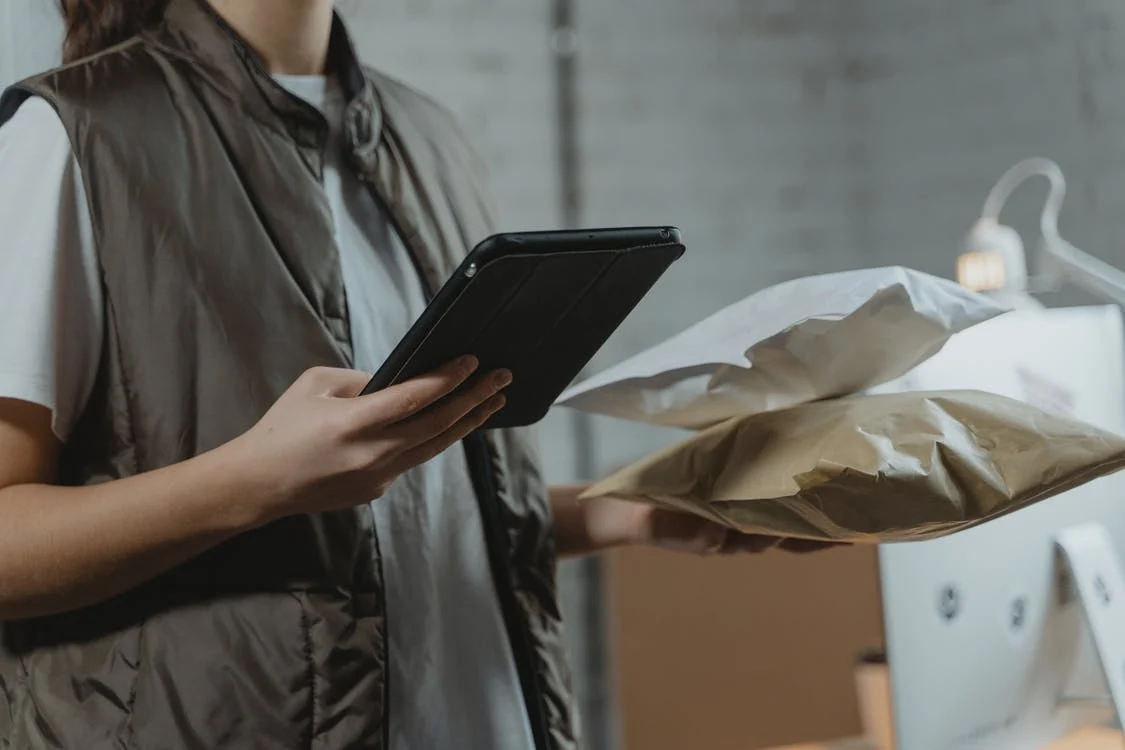If you’re an Amazon seller, then you know that returns are inevitable. No matter how well you describe your products or how perfectly you pack them, there will always be a certain percentage of customers who end up wanting to return items.
While dealing with returns can be frustrating, it’s important to remember that they provide an opportunity to improve your business. By taking the time to understand why customers are returning items, you can make changes that will lower your return rate and improve your bottom line.
It’s easy to get inundated with returns when selling on Amazon. In fact, the eCommerce giant reports that sellers receive an average of 4% – 8% in returns every year, which can cut into your profits and leave you feeling frustrated. But there are a few things you can do to lower your return rate and keep more money in your pocket.
In this article, we’ll explore some of the most common reasons for returns and offer tips on how to prevent them. By following these simple guidelines, you can keep returns to a minimum and keep your customers happy.
Use this outline to skip to any section of this page:
- Consequences of high return rate
- Outsource your FBA prep
- Rigorously test products before sourcing
- Avoid products in high return categories (not clothing)
- Describe products accurately in description
- Display product accurately in images
- Use product videos
- Include high-quality packaging
- Prioritize customer support & feedback
Consequences of high Amazon return rate
Amazon search ranking penalties
A high return rate on Amazon can result in poor SEO and decreased product search rankings. This is because when customers return items, it indicates to Amazon that they were not satisfied with their purchase. In response, Amazon may lower the ranking of that product in search results, making it less likely that future customers will find it.
Read more: 9 Proven Strategies to Grow Your Amazon FBA Business
Additionally, a high return rate can lead to Amazon suspending or even terminating a seller’s account (if it gets bad enough). Therefore, it’s important to take steps to reduce your return rate, such as offering clear and concise product descriptions and providing excellent customer service – which we’ll explain more below. By keeping your return rate low, you can avoid these negative consequences and ensure that your products have a good chance of being seen by potential buyers.
Higher fees
Amazon is a huge marketplace with a lot of competition. So, when a seller has a high return rate, it can result in higher fees. Amazon charges sellers a return processing fee and a restocking fee. Plus, the seller may have to pay for the shipping costs if the item is returned because it was damaged or not as described. Plus, if the return rate is high enough, Amazon may also increase the fees they charge the seller.
Keep in mind – even though the order was returned and you lost the profit behind the sale, you still have to pay all the associated fees. This can devastate your bottom line and cause you to go belly up in the most extreme cases. So it’s important for sellers to try to keep their return rate low in order to avoid these added fees.
Negative reviews
A high return rate can also result in negative reviews, even if the seller is not at fault. Even though the buyer receives a full refund without any financial loss, they will sometimes still leave negative reviews because they feel their time was wasted – along with the hassle of dropping off the return and needing to wait for the next purchase to arrive again.
Whatever the reason, negative reviews can have a significant impact on a seller’s business. As such, it’s important to keep an eye on your return rate and take steps to reduce it if necessary.
As any Amazon seller knows, customer reviews are essential for success on the platform. Not only do they help potential buyers to make informed decisions, but they also provide valuable feedback for sellers. However, negative reviews can be devastating for a business, particularly if they amass over time. Once a product has a few bad reviews, it becomes much harder to sell, as potential buyers are more likely to be deterred by the negative feedback.
Bad reviews can also lead to Amazon taking action against a seller, such as suspending their account or lowering their seller rating. You should do everything possible to avoid bad reviews – and the best defense against bad reviews is to create a product that customers will love.

Outsource your FBA prep
This is one of the easiest ways to shrink your Amazon return rate – simply because a high-quality FBA prep service will efficiently run product inspections before your inventory reaches Amazon.
This process is fairly difficult, time-consuming and more expensive to run in-house, which is why most FBA sellers prefer to outsource. The overall costs for FBA prep (as a whole) typically work out better than in-house anyway – beyond just inspections.
Rigorously test products before sourcing
You always want to test out a sample or two, before committing to a bulk purchase. Here are the main questions you should be asking while you evaluate each sample product:
Does it solve the customer’s problem as advertised?
Anyone who’s ever sold a product on Amazon knows that one of the most important things is to make sure the product is high quality. Not only does this ensure customer satisfaction, but it also helps to avoid negative reviews and returns. Quality control is especially important if you’re selling a new or unique product.
In order to test product quality, it’s important to have a clear understanding of the customer’s needs and wants. Once you know what the customer is looking for, you can design a testing process that simulates real-world use. This will help to ensure that your product can deliver on its intended promises and will help to avoid any potential problems down the road.
So when it comes to finding products to sell on Amazon, make sure you take the time to test quality and effectiveness – so you can be sure you’re offering a product that solves the customer’s problem.
Does it appear to be highly durable?
Anyone who’s ever sold a product on Amazon knows that one of the keys to success is finding products that are high quality and durable. Not only do these products tend to have higher ratings from customers, but they also generate repeat buyers.
When it comes to testing product quality, there’s no substitute for good ol’ fashioned trial and error. Of course, you can’t just buy any old product and hope for the best. That’s why it’s important to do your research before making a large inventory purchase.
As you begin testing a sample, explore these questions when it comes to assessing durability:
- Does the item survive a fall or drop on a hard surface?
- Does the item withstand exposure to liquids, such as water?
- What is the usage duration the customer expects?
- Does the item quickly deteriorate from regular use?
Communicate with suppliers, compare prices, and look for products that meet your expectations before you make a bulk purchase. By taking the time to find durable products, you’ll be able to maximize your profits and build a strong reputation with customers.

Does it have a nice look and feel?
When it comes to choosing products to sell on Amazon, it’s important to consider the visual appeal of the product. The product should match the colors, style, and desired material of the target customer. In general, ask yourself – does it seem like a good quality product? A visually-appealing product will make the customer feel like they are getting a good deal (which means it’s less likely they’ll open a return).
A well-designed product will also help you stand out from the competition and attract more customers – especially shown in images, videos and customer reviews. So when you’re choosing products to sell on Amazon, be sure to keep the visual appeal in mind.
Avoid products in high return categories (not clothing)
Clothing
It’s no secret that many people make a substantial income by selling clothes on Amazon. However, what many people don’t realize is that this can often result in high returns.
Clothing is one of the most commonly-returned items on Amazon – so if you’re not careful, you could end up losing money on your sale. This is because sizing is hard to evaluate when shopping online, and customers will often purchase 2 sizes and return the one that doesn’t fit. It’s impossible to avoid this dynamic, and it’s a reason many sellers choose to pass on clothing.
Keep in mind – even if you take steps to reduce the risk of returns, such as carefully choosing the clothing you sell and providing clear size information, there’s always a chance that someone will return an item.
For this reason, it’s important to weigh the pros and cons of selling clothing before making a decision. If you’re not comfortable with the risk of high returns, it might be better to focus on selling other items. Carefully consider whether selling clothing is right for you – and if you’re not sure, try consulting with a professional before making a decision.
Shoes
Very similar situation with shoes – everyone has their size, but you never truly know how well they fit (until you try them on and walk around a bit). Many people are also sensitive to the feel and comfort of a shoe. If there’s a slight irritation in the way the shoe squeezes down on the toes, side or heel of the foot, then the customer might return the shoes and try a totally different pair.
Shoes are fairly uncommon to sell on Amazon, so you’re likely looking elsewhere anyway. But we occasionally find Amazon sellers dealing with footwear, so keep this in mind if you’re also one of them.

Electronics
We don’t think you should completely avoid electronics… but did you know electronics have the 3rd-highest return rate among all Amazon categories? There are a couple of reasons for this:
1. There are a lot of cheap knockoffs from suppliers. These products may look identical to the real thing, but they’re often made with lower-quality materials and components that don’t hold up as well. As a result, they tend to break down more easily and need to be returned more often.
2. Electronics are delicate items. They can be easily damaged if not handled properly, and even slight damage can make them stop working entirely. This means that people often end up returning items because they were damaged in transit or during use, which is unfortunately just part of the risk. Also, sometimes electronics are poorly-constructed and break down quickly and easily.
Keep in mind – some electronics can have a relatively short shelf life, and suppliers still provide these versions. New models are released all the time, which can render older models obsolete. With all of these things in mind, you need to decide whether selling electronics is right for you.
If you are confident in your ability to source high quality electronics and ship carefully, then it could be a great way to boost your revenue. But if you’re not sure, consider going with other product categories.
Describe products accurately in description
As an FBA seller, you know that one of the keys to success on Amazon is creating accurate and detailed product listings. Not only do well-written listings help to boost your SEO ranking, but they also help to ensure that customers are fully informed about what they’re buying – which lowers your Amazon return rate.
One of the most important elements of a listing is the description, which provides all the essential details about the product. In addition to describing the product itself, the description should also mention any relevant size, color, or weight information. By including this type of information in your listing, you can help to reduce the number of returns you receive – as customers will be less likely to order the wrong product. By taking the time to create accurate and informative listings, you can help to improve your chances of success on Amazon.
Display product accurately in images
Now that you know providing accurate product information is essential to keeping returns low and customers satisfied… you’ll also see why displaying products accurately in your images will also have an effect too.
By ensuring that your images are clear and correctly depict the item, you can help to reduce the number of returns due to incorrect customer expectations. Including multiple images from different angles can help customers to understand the product features and dimensions, further reducing the risk of incorrect orders. By taking care to display your products accurately in images, you can prevent returns and improve your reviews and seller ratings.

Lower Amazon return rate with product videos
Another great strategy involves using product videos. Customers want to see what they’re buying, and videos are a great way to show off your products (in a way that photos can’t reach). Furthermore, videos can help reduce your return rate. By offering customers a more complete look at your products, they can make more informed purchase decisions and be less likely to return items that don’t meet their expectations. So if you’re looking for ways to lower your Amazon return rate, consider uploading product videos. It’s a simple and effective way to improve the customer experience and boost satisfaction levels.
Include high-quality packaging
By inserting the necessary packaging materials, this not only protects your product during shipping… but it also makes it more difficult for customers to return items that are undamaged. Packaging can also be used to highlight key features and instructions of your product, which can help to reduce buyer confusion or remorse. As a result, including quality packaging with your products is an essential part of maintaining a low return rate on Amazon.
Prioritize customer support & feedback
As an FBA seller, one of the most important things you can do to reduce your Amazon return rate is to prioritize customer support and feedback. By responding quickly and efficiently to customer inquiries, and by actively seeking out feedback, you can show customers that you care about their satisfaction and help knock-down any issues that may lead to a requested return. This will help lower your return rate and create a better overall experience for your customers.
Final thoughts on lowering Amazon return rate
Well there you have it – our best tips to help reduce Amazon returns. One last thing we’ll add: always make sure to constantly monitor your return rate on a regular basis, and to take steps to address any issues that arise. By taking a proactive approach to customer service and feedback, you can significantly lower your Amazon return rate, create a better experience for your customers, and prevent penalties and high fees for your business.

